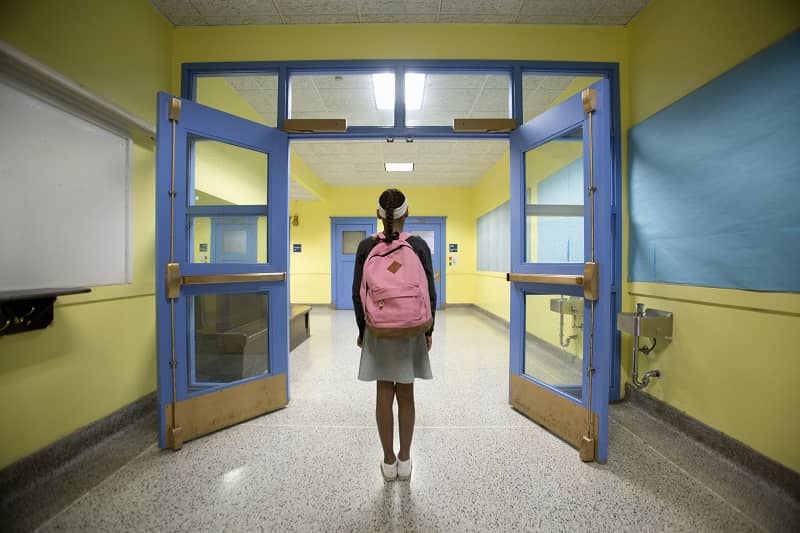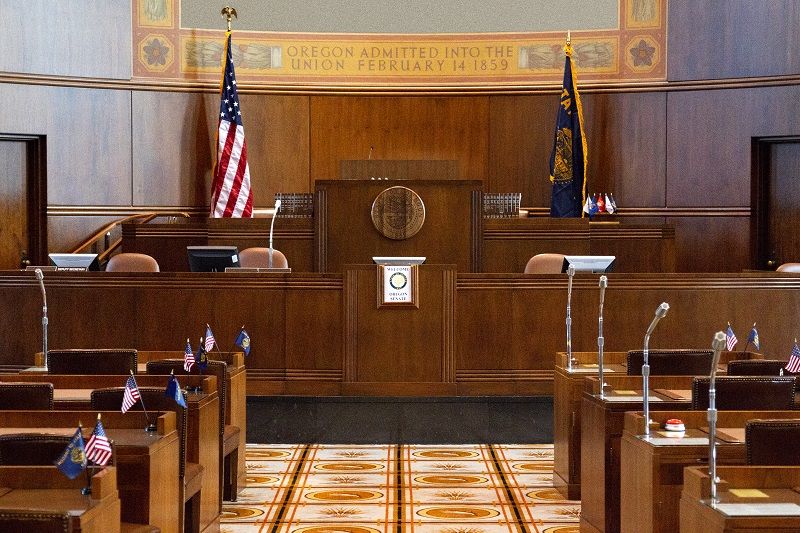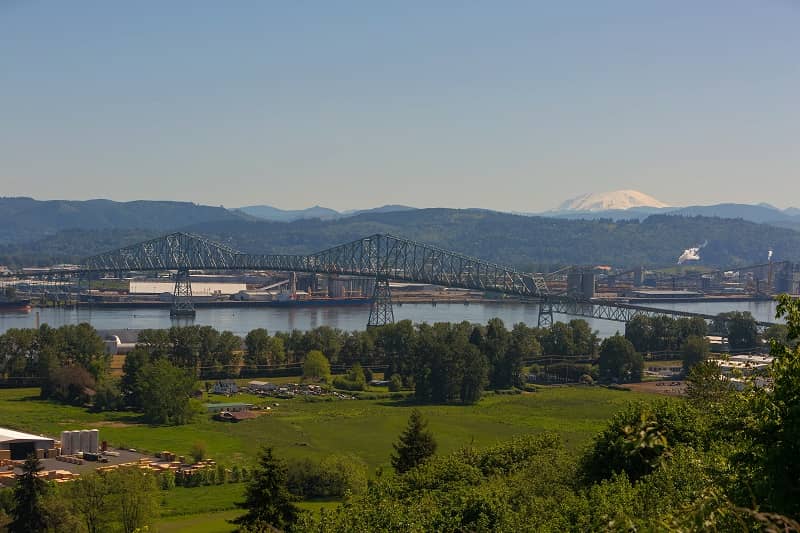

Biggest Bang for Your Buck?
A Closer Look at Portland’s $548 Million School Modernization Proposal
by Lindsay Berschauer
The Portland Public School District held a public hearing December 1 concerning the $548 million School Modernization Bond Measure it hopes to place on the May 2011 ballot.
The District argues that such an expensive bond, the largest local bond in Oregon state history, is necessary to tear down and rebuild only eight of the 85 schools in the District. For those eight schools, they have allocated $372 million. The other $176 million is earmarked for minor upgrades to other schools and paying off previous school improvement debt that the District has incurred. The goal? The District argues that the new schools will increase property values in Portland, improve student achievement and behavior and increase enrollment. But in this down economy, are Portland residents getting the biggest bang for their buck when it comes to the cost value of these “rebuild” schools?
While living in Olympia, Washington for the past several years, I was involved with a commercial construction company that built and renovated almost 20 primary and secondary public schools, many more than are proposed in the first phase of the PPS bond measure. I am familiar with the costs of building a brand-new school and what a significant renovation project typically costs. Most of our school renovation projects were in the neighborhood of $20-$35 million, depending on the size of the school.
The breakdown of the costs associated with rebuilding in the first phase includes $90-92M for Cleveland High, $82-86M for Roosevelt, $48-52M for Jefferson, an average of $30M for each of the five primary schools, and $6M just for the pre-planning process of rebuilding Lincoln High.
Now, let’s compare the cost to rebuild Roosevelt High with the cost to build a brand-new, state-of-the-art high school in Tacoma, Washington. This was the most expensive school we ever built, at a cost of $42.5M. The Tacoma school is approximately 150,000 square feet; and the cost included demolition of the old school, brand-new buildings, high-end interior finishes and professional-grade gymnasium facilities. Roosevelt is roughly the same size as the Tacoma school, serves half as many students, yet is slated to cost taxpayers double that of the Tacoma high school. For this amount of money, Portland taxpayers had better get a high school paved in gold.
It should concern every Portland resident that PPS has completely inflated the costs associated with making the necessary repairs on its schools. Another example of excess is Marysville school, which has been sitting vacant due to a 2009 fire in a portion of the building. Instead of using insurance money to fix the damages (total cost $5 million), the School District wants to tear down the whole school and rebuild (total cost somewhere around $30 million). In addition, many of the schools slated to be rebuilt exist in historic buildings that are more than 60 years old. The District has promised to maintain the historical integrity of these buildings, adding huge cost premiums to the construction budget. In this time of economic uncertainty, it seems prudent for PPS to address the school structural issues and the scope of work with restraint.
Whether you own your home or rent a house or apartment, every Portland resident will pay for this Bond through property tax increases or rent increases. Approximately 60% of Portland residents are homeowners, and 40% are renters. Thus, a big chunk of this bond measure likely will be paid for by renters, as landlords pass on their new tax burdens in the form of rent increases. PPS claims that the additional tax burden on homeowners will average about $350 per year for the next six years. But remember, this is just phase one. PPS wants to completely rebuild all 85 schools in the District within the next 30 years, which means your increased tax burden will remain, if not increase further, over the next three decades.
With unemployment rates still high in Portland and many residents under-employed, families are tightening their belts and cutting costs wherever possible to make ends meet. Portland residents cannot afford such a significant increase in their taxes. Portland Public Schools needs to prioritize the immediate structural repair needs of its schools and present taxpayers with a cost-effective, limited proposal that will not unduly burden virtually every adult (and their children) living inside its boundaries.
Lindsay Berschauer is a research associate with Cascade Policy Institute in Portland, Oregon, where she currently resides. She is originally from Arizona but has lived in the Northwest since 2002. From 2006 until spring 2010, Lindsay lived in Olympia, Washington and was part-owner of a commercial construction company that built and renovated almost 20 primary/secondary schools in the State of Washington.











